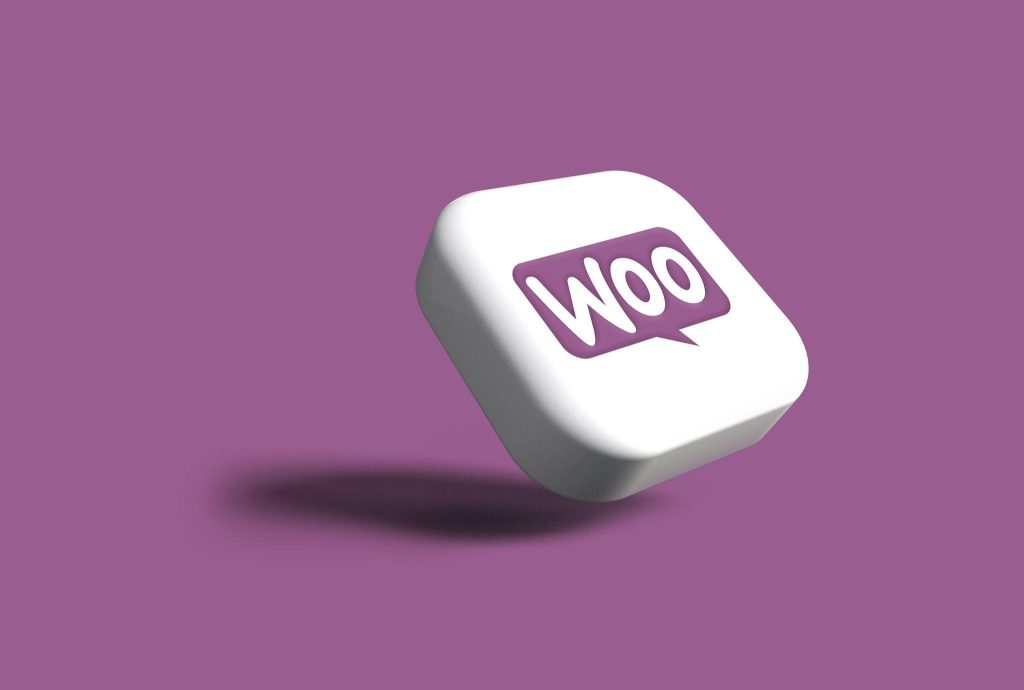You probably don’t realize how many WordPress websites you come across. These are bloggers’ sites, business and creators’ pages, and large media online versions. As we understand, such sites are visited by a huge number of people every day, and this is where the importance of website speed becomes obvious. So, website speed isn’t just a user experience factor. It directly impacts search engine rankings, bounce rates, and, if we talk about business, conversion rates. That’s why many individuals take steps to improve their digital experience, whether by using a VPN for Mac to ensure a secure and efficient connection or by choosing tools that help web pages load faster and perform better.
WordPress is still one of the most popular CMSs. In fact, at the time of writing this post, their percentage is over 43% of the total number of sites all over the web. Life dictates the rules, and in the digital environment, users expect maximum comfort expressed in ease of access and interaction with the site. If you are working with a WP-based site, improving performance can have a tangible impact on many factors. In this article, we will cover key website speed optimization techniques, from quick wins to deeper technical improvements, that will ultimately help you improve your WordPress website performance.
Why Website Speed Matters
Google has repeatedly emphasized that site speed is a ranking factor, especially for mobile search. According to a report by the U.S. Department of Commerce, slow-loading websites drastically reduce the likelihood of repeat visitors and can negatively impact accessibility and digital trust. In the competitive digital ecosystem, speed equates to professionalism and reliability.
In e-Commerce, this is even more critical. A one-second delay in page load time can result in a 7% reduction in conversions. For content-heavy sites, slow performance leads to higher bounce rates and lower dwell times — two signals that can damage organic rankings.
1. Choose a Lightweight Theme
Start by selecting a theme. You should prioritize the one that will show the best performance results in testing. Specialized threads on WordPress could help to check them. Some WordPress themes, which are quite attractive at first glance, could be cluttered and slow down your site’s loading speed. Try to avoid themes filled with unnecessary features or bundled plugins. Сhoose a theme which will suit your needs. Take into account the presence of page builders that come with the theme. Lightweight, minimal themes such as Astra, GeneratePress, or Hello Elementor are well-optimized and compatible with most page builders.
From your side, try to keep your theme’s codebase clean and efficient. Choose a theme with a responsive design. A good theme should load quickly and look great across all devices.
2. Optimize Images for Web
It seems logical to choose the maximum resolution for any image to satisfy the need for a beautiful picture for any device. But large image files are the most common culprit for why your site becomes slower. Compressing images without sacrificing quality is the optimal solution for boosting website speed. Many plugins for reducing image size exist on the web. But for the best results, we would like to advise you to use third-party tools. Using tools like TinyPNG, ShortPixel, or Imagify helps to automate this process.
Implement modern formats like WebP, which offer superior compression compared to traditional JPEG and PNG formats. Also, implement lazy loading images to defer loading until the user scrolls them into view. This reduces initial page load time, so as a result, optimize your WordPress website.
3. Implement Caching Solutions

Image from Unsplash
Caching stores static versions of your site, reducing the need to reprocess and database queries every time a page loads. That reduces website load by storing the compiled PHP code in memory.
Popular caching plugins like WP Super Cache, W3 Total Cache, and WP Rocket create cached pages that could be served to visitors instantly. For even better results, you may use object caching (e.g., via Redis or Memcached) if your host supports it. Сaching of objects is especially relevant for dynamic sites like WooCommerce.
4. Use a Content Delivery Network (CDN)
A CDN distributes your site’s static files across multiple global servers. When a user visits your site, CDN delivers content from the location closest to your visitor. This increases the content loading speed for your site, reducing the distance between the user and the server. Services like Cloudflare, StackPath, or BunnyCDN are excellent choices.
The additional benefit of using CDNs is adding a layer of security. Popular CDN providers also offer free plans and features such as DDoS protection, SSL management, and analytics. So by implementing a CDN, you can significantly enhance your website’s performance.
5. Minify and Combine CSS, JavaScript, and HTML
Reducing the size of your CSS, JS, and HTML files by removing unnecessary whitespace, comments, and line breaks helps browsers render your site faster. Plugins like Autoptimize or Fast Velocity Minify automate this process, minify the code itself, and make your page lightweight.
When a user tries to access your website, the browser has to request files from a server. And until it executes JavaScript code, the rest of the page can’t be loaded. But you can enable script deferral and asynchronous loading for non-critical JavaScript files to reduce render-blocking issues.
6. Use Faster, Optimized Hosting
But no amount of frontend optimization will compensate for a slow web host. Your choice of web hosting has to consider the number of visitors and their location. For example, if most of your customers reside in the United States, it is a wrong idea to choose a web host with servers located in Asia. You’ll also need to pay attention to the server resources. Popular WordPress hosting providers like Kinsta, WP Engine, or SiteGround are built specifically for speed and scalability.
Look for features like server-side caching, SSD storage, NGINX or LiteSpeed server architecture, and support for PHP 8.2+.
7. Limit and Audit Your Plugins
Using too many plugins can bog down your site. Deactivate and delete any plugins you’re not using. Always check their performance impact using tools like Query Monitor or GTmetrix.
Consider replacing multi-feature plugins with lighter alternatives when possible. Use plugins from reputable developers. Poorly coded ones may also negatively affect website download speeds.
8. Optimize Your WordPress Database
Over time, your WordPress database overloads with unnecessary data: post revisions, spam comments, transients, and more. The more plugins you have more additional tables to save settings and data your theme has to add in the WordPress database. Try to clean it regularly using plugins like WP-Optimize or Advanced Database Cleaner.
Also, consider setting limits on post revisions or disabling them entirely in your wp-config.php file to prevent unnecessary data storage. All that helps you to optimize the website’s database.
9. Enable GZIP Compression
GZIP compresses your web files before sending them to the browser. This process reduces the file size and speeds up delivery.
Most caching plugins include a GZIP toggle, or you can enable it manually by editing your .htaccess file if you’re using Apache:
apache
CopyEdit
<IfModule mod_deflate.c>
AddOutputFilterByType DEFLATE text/html text/plain text/xml text/css application/javascript
</IfModule>
10. Monitor Performance Regularly

Image from Unsplash
Use tools like Google PageSpeed Insights, GTmetrix, and Lighthouse to benchmark your site’s performance. This way, you will keep your finger on the pulse of your site’s loading speed. These performance monitoring tools also offer detailed suggestions for improvement.
Set up routine performance audits and implement continuous optimization for your website.
Speed is the silent hero of web success. A fast-loading WordPress site delights users, improves SEO, and builds trust. As developers and designers, it’s our responsibility to balance creativity and functionality.
By implementing the strategies outlined above, from image optimization to choosing a quality hosting provider, you can achieve blazing-fast load times and deliver an exceptional user experience.













